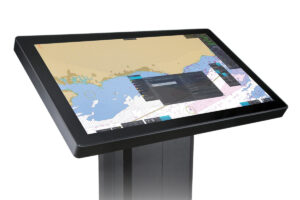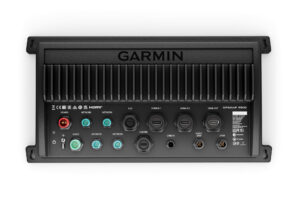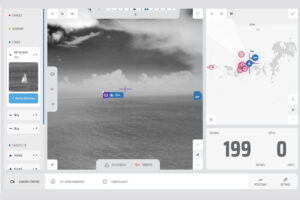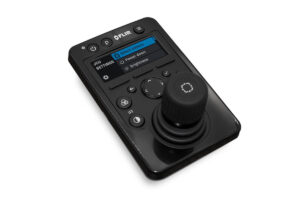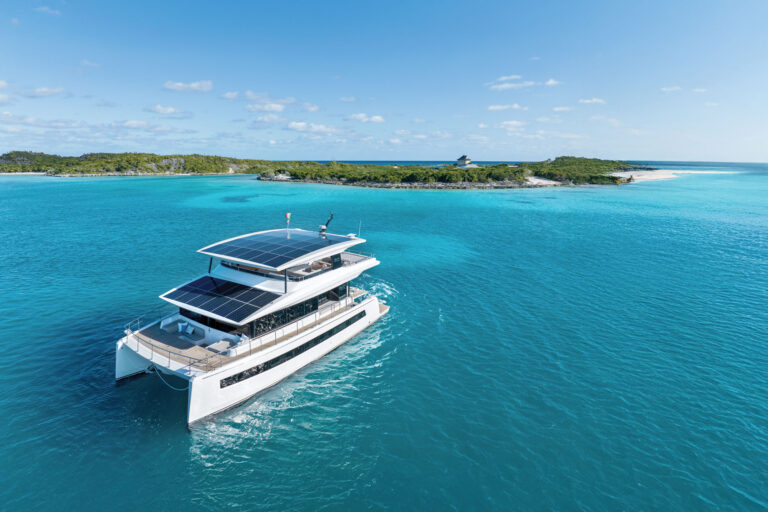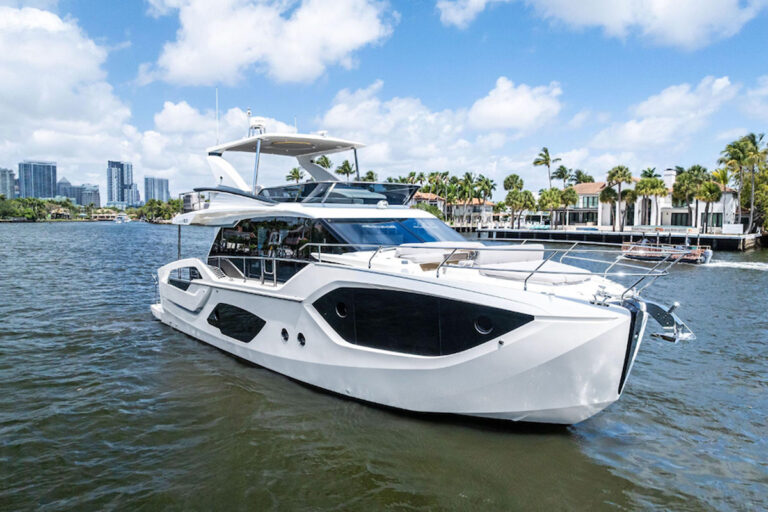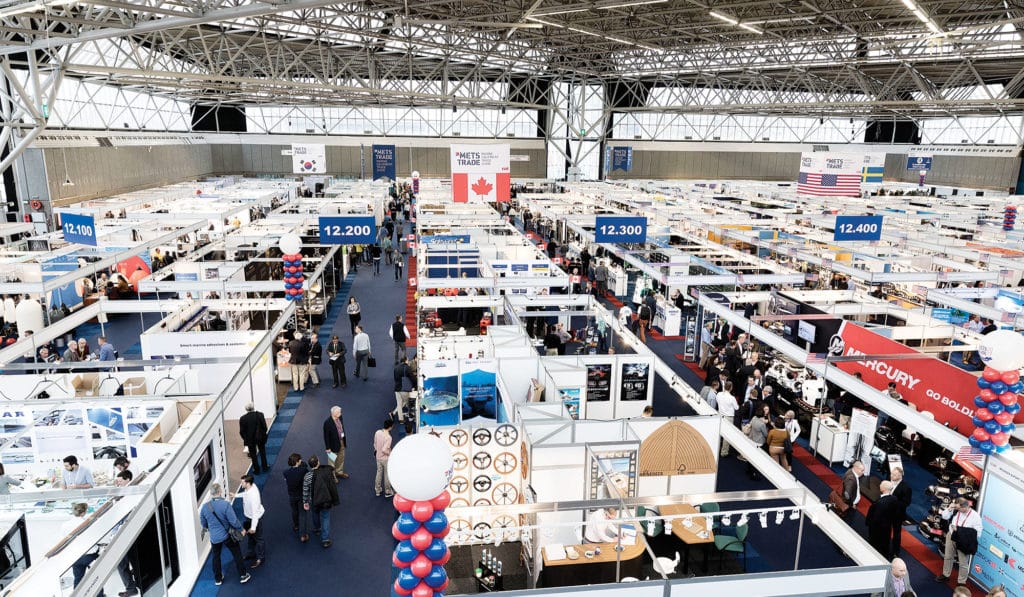
Growing up in New England, i always appreciated the four seasons. But since moving to the Pacific Northwest, I’ve learned about two-season living: wet or dry. Fortunately, my gig as Yachting‘s electronics editor provides a third: boat-show season. Each fall, I travel to the NMEA Conference & Expo, the United States Sailboat Show in Annapolis, Maryland, the Fort Lauderdale International Boat Show and Amsterdam’s MetsTrade show to research the latest marine-electronics offerings. And boat-show season, it turns out, is the one whose gifts just keep on giving.
Furuno
Furuno commanded headlines in 2016 with its DRS4D-NXT, a radome-enclosed solid-state radar with Doppler processing. While solid-state radars offer a number of advantages over older, magnetron-based radars, Doppler processing (known as Target Analyzer in Furuno parlance) ups the ante, providing at-a-glance situational awareness. The radar’s display presents potentially dangerous targets in red while depicting slow-moving or nonthreatening targets in green.
Furuno’s DRS6A-NXT open-array radars are the company’s newest solid-state, Doppler-enabled offerings, and they are available in 3.5- ($6,230), 4- ($6,575) and 6-foot ($7,075) antenna lengths, which deliver beam widths of 2.3, 1.9 and 1.4 degrees, respectively. All three radars sport minimum ranges of 33 feet and power outputs of 25 watts, as well as significantly quieter motors compared with Furuno’s previous open-array radars.
The DRS6A-NXT radars also have Furuno’s Fast Target Tracking and Auto Target Acquire functions, letting them automatically track as many as 100 targets within 3 nautical miles of the yacht.
Garmin
Garmin’s EchoMap Plus multifunction displays are available in 4- ($199 to $349), 6- ($349 to $549), 7- ($649 to $699) and 9-inch ($849 to $1,499) screen sizes, making them an option for tenders or smaller rides. The displays — excluding the 4-inch — have Wi-Fi connectivity and support Garmin’s new (and included) ActiveCaptain app, which Garmin calls a “one-stop shop” for all chart purchases, trip planning, software updates, access to the ActiveCaptain Community and more.
In addition to supporting chart-plotter functionality, EchoMap Plus displays have chirp sonar and Garmin’s Chirp ClearVü sounder. EchoMap Plus “sv” displays add Garmin’s SideVü scanning sonar, while all 7- and 9-inch EchoMap Plus units support Garmin’s Panoptix sonar transducers, providing real-time, videolike sounder imagery of fish swimming up to 100 feet away.
The 7- and 9-inch EchoMap Plus displays also have a keyed-assist touchscreen interface, providing customizable, one-button shortcuts to favorite features.
KVH
KVH’s TracPhone V7-HTS (high-throughput satellite) employs a 60-centimeter Ku-band (12 to 18 GHz) antenna, delivering downlink speeds of 10 megabits per second (Mbps) and uplink speeds of 3 Mbps, which is more than three and six times faster, respectively, than the company’s previous-generation system.
The V7-HTS ($29,995 plus data-usage fees) offers a near-global footprint, sans high-latitude regions. It also has KVH’s new dual-channel architecture, including a secondary unlimited data channel that operates — free of charge — concurrently with the system’s fast lane.
Third-Eye Navigation
Spotting vessels in poor or zero light is tricky, but Iris Innovations’ Xeye E3+ handheld thermal-imaging camera can help. The Xeye E3+ ($2,695) has four color palettes (white hot, black hot, red hot and iron bow), 2x and 4x digital zoom settings, and 384×288 resolution. An internal flash drive captures stills and video, and a composite-video output plus tripod mount lets users network the camera with a third-party display.
KVH achieved the data speeds with its mini-VSAT Broadband network, which has HTS overlay capabilities thanks to the added Intelsat Epic and Sky Perfect JSAT satellites.
Hardware-wise, the TracPhone V7-HTS system includes an abovedecks antenna and KVH’s Integrated CommBox Modem, an all-in-one belowdecks control unit. The systems give yachtsmen use of the KVH mini-VSAT Manager, providing data-management tools; KVH’s IP-MobileCast content-delivery system; and KVH OneCare, which provides 24/7 tech support.
Raymarine
Raymarine introduced its Axiom line of multifunction displays last year, with touchscreen-only user interfaces. While these are aesthetically pleasing, some boaters struggle with touchscreens when underway, so Raymarine’s new flagship Axiom Pro displays have HybridTouch hard-key and touchscreen interfaces.
Axiom Pro displays come in 9- ($2,299 to $2,699), 12- ($3,399 to $3,999) and 16-inch ($5,399 to $5,999) sizes. They have high-resolution IPS (in-plane switching) displays that deliver bright colors and wide viewing angles in direct sunlight; high-speed, quad-core processors; and built-in, 72-channel GNSS/GPS receivers. Each of the three displays also offers two levels of sonar capability: S models have a single-channel chirp sonar, while RVX models have Raymarine’s RealVision 3D sonar and a 1 kW chirp sonar.
All Axiom Pro plotters are NMEA 0183 and NMEA 2000 friendly, and compatible with a variety of Raymarine radars (magnetron and solid-state) and Evolution autopilot systems. The Axiom Pro chart plotters also work with a wide range of cartography and FLIR thermal-imaging cameras.
Simrad
Simrad’s NSO line of marinized computers has long occupied the top spot in the company’s product continuum, and the third-generation NSO Evo3 is more than capable of taking up this hefty mantle. Unlike Simrad’s older NSO systems, which have a black-box processor networked to a touchscreen display, the NSO Evo3 ($6,999 to $10,999) physically pairs the processor within the display’s box (think Apple iMac) to create a powerful, quad-core marinized computer. It’s available in 16-, 19- and 24-inch screens.
Yes, the winter holiday season is over, but it turns out that boat-show season is the one whose gifts just keep on giving.
Simrad’s NSO Evo3 doesn’t come with built-in sonar or GPS. Instead, it’s designed to let users select compatible antennas and sensors for a customized, all-glass helm. Each NSO Evo3 has an optically bonded, high-resolution, touchscreen-sensitive display. Multiple NSO Evo3s can be networked aboard large yachts, with each computer remaining independent, thus providing system redundancy.
Additionally, each NSO Evo3 supports six-panel screen splits and comes with C-Map cartography.
True Heading, Vesper Marine
True Heading’s AIS CTRX Graphene MOB Watch ($1,260) has a Class B AIS transceiver and is ready to stand collision-avoidance duty while maintaining a close watch for man-overboard victims carrying an AIS MOB device.
Vesper Marine’s WatchMate XB-8000 smart AIS Transponder ($799) provides similar collision-avoidance and MOB-detection capabilities — including bearing and range information to the MOB or AIS target — while offering an anchor alarm.
Both systems provide an auditory and visual warning if they receive an AIS MOB signal.

